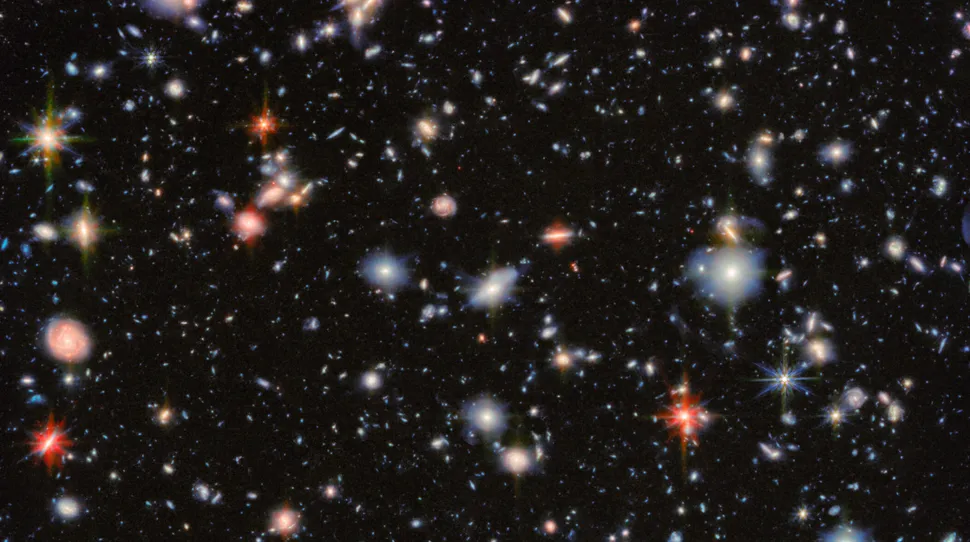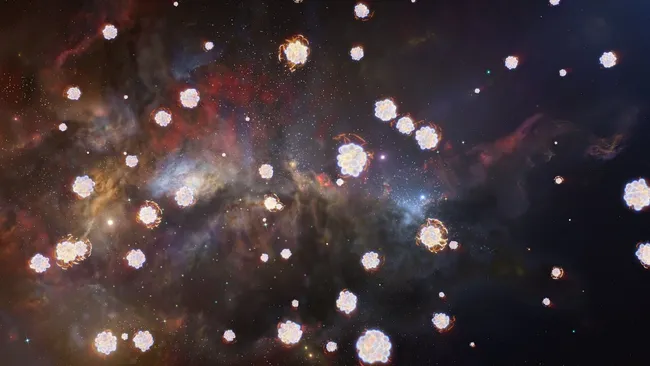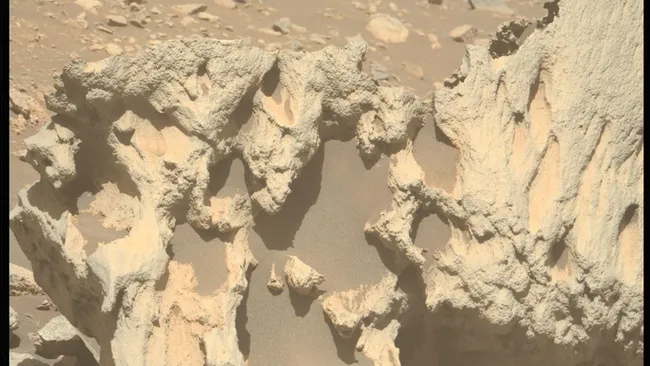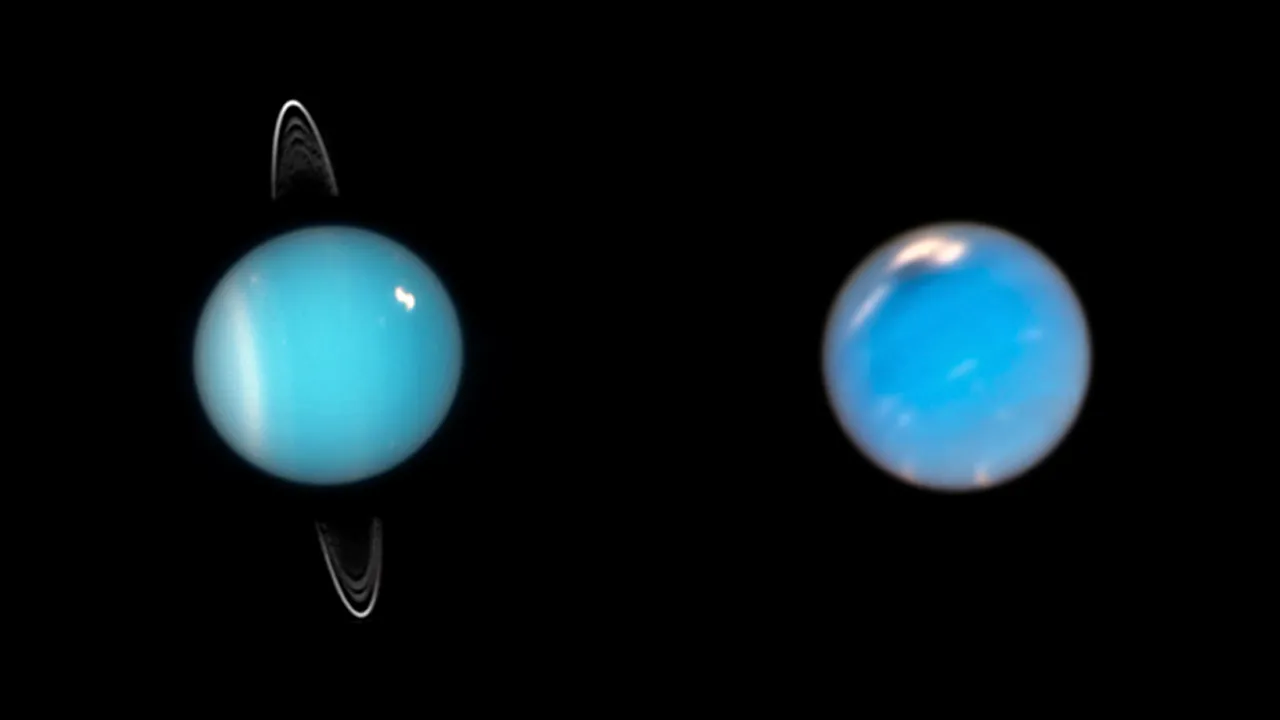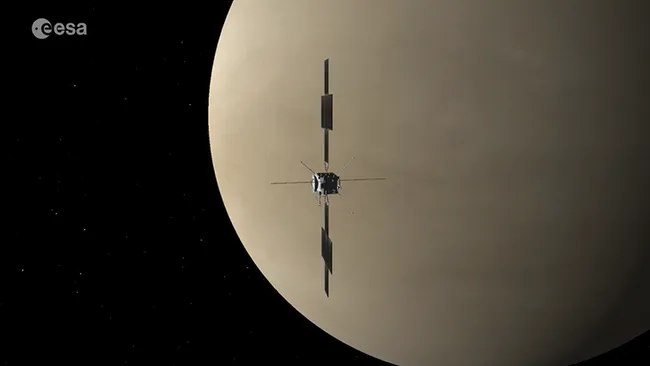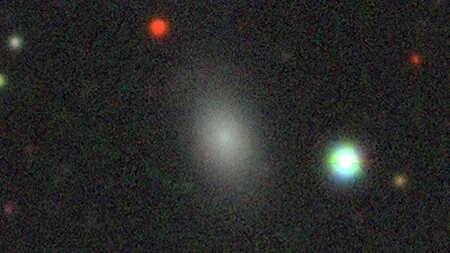The James Webb Space Telescope (JWST) has revisited one of astronomy’s most celebrated cosmic portraits — the Hubble Ultra Deep Field — to capture thousands of galaxies in even deeper infrared clarity.
The new image, part of the JWST Advanced Deep Extragalactic Survey (JADES), focuses on areas previously captured by Hubble in 1995 and 2004. These deep fields offered Hubble’s farthest and most detailed glimpses into the early universe. However, Hubble’s ability to detect distant galaxies is limited by its range in the visible and near-infrared spectrum.
Now, with the JWST’s Mid-Infrared Instrument (MIRI), astronomers have achieved an unprecedented view into cosmic history. The latest image captures a section of the Ultra Deep Field, revealing approximately 2,500 galaxies, most of which lie at high redshift, indicating they formed over 13 billion years ago.
This effort builds on JWST’s previous observations from October 2022 using the Near-Infrared Camera (NIRCam). For this image, MIRI’s F560W filter, detecting wavelengths from 4.9 to 6.4 microns, was used in a 41-hour-long exposure, the deepest in that band.
Although this section doesn’t include the entire Ultra Deep Field, it features four-fifths of galaxies seen as they were within the universe’s first billion years. While no new redshift records were broken (the highest redshift remains MoM-z14 at 14.4), the JWST observations offer unmatched clarity and depth.
The false-color image reveals a diverse galaxy population. The red galaxies are either dust-covered star-forming galaxies or evolved galaxies rich in ancient stars. The small greenish-white galaxies are the most distant, while larger blue and cyan galaxies are nearer and more luminous in NIRCam’s range.
Together, data from MIRI and NIRCam allow astronomers to track the evolution of galaxies, revealing critical insights into the early universe. These findings may eventually help solve some of cosmology’s biggest questions, like the formation of supermassive black holes, the birth of galaxies, and the timeline of stellar evolution.
The JWST continues to stack deeper observations as part of the JADES and MIDIS surveys, pushing humanity closer to understanding our cosmic origins. According to a recent Astronomy & Astrophysics publication, this long-term study of the Ultra Deep Field remains in progress.
Stay tuned for even deeper looks into the universe’s past.

